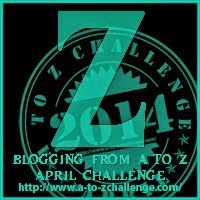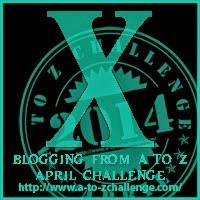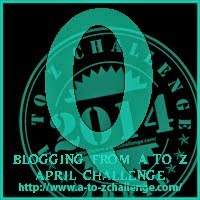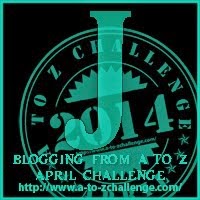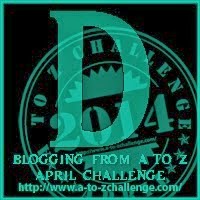Thomas MacEntee's proposal of a Genealogy Do-Over starting 2 January 2015 and continuing for 13 weeks is one which has captured the imagination of nearly 1,000 people (probably more since writing). I am one of those 1,000. I relish the idea of doing a virtual reset on my research. I'm tired of sitting dully in front of my monitor and wondering which ancestor to pick (again), only to find out that he/she is the brickwall I looked at last time. I want to make sure my methodology is sure, but most of all I want to get my motivation back.
And then I looked at this blog. I remember, when I started it back in 2010, how excited I was. My first post was:
"This blog is intended to be an extension to my ancestor-spotting records at home of names, dates and places. It is going to be the place where I put my family history. Anecdotes, snippets of information, quotes, pictures - and even some chapters of book(s) I am writing on the surnames that appear in my family tree."
And, at first, I loved this blog. It made me reduce my scattergun approach, since I was writing about one ancestor at a time. It revived personal memories of parents and grandparents that I thought I had forgotten. There was the joy of exploration as I delved into daily and weekly memes, like Sorting Saturday, Maritime Monday and Way Back Wednesday. I loved Challenges such as Fearless Females, the A-Z Challenge, and the Family History Writing Challenge. In fact, it gave my genealogical research a 'reset', something like Thomas MacEntee is suggesting.
 But soon I came to realise that, despite the courageous goals of my first post, I didn't have many anecdotes. I didn't have many pictures to share. And slowly the appeal of having a genealogy blog lessened until the gaps between posts could be measured in weeks rather than days. I felt I couldn't give up because of all my followers, the thousands of views of my blog, and the few special friends I have made through blogging (you know who you are). I still love this blog, but the excitement has dimmed somewhat.
But soon I came to realise that, despite the courageous goals of my first post, I didn't have many anecdotes. I didn't have many pictures to share. And slowly the appeal of having a genealogy blog lessened until the gaps between posts could be measured in weeks rather than days. I felt I couldn't give up because of all my followers, the thousands of views of my blog, and the few special friends I have made through blogging (you know who you are). I still love this blog, but the excitement has dimmed somewhat.
So this Do-Over is going to give me 13 weeks of serious contemplation about what I want for this blog. What is its future? Does it even have a future? (There. I've said it.)
Please let me know what you think. I need input on this one.
And then I looked at this blog. I remember, when I started it back in 2010, how excited I was. My first post was:
"This blog is intended to be an extension to my ancestor-spotting records at home of names, dates and places. It is going to be the place where I put my family history. Anecdotes, snippets of information, quotes, pictures - and even some chapters of book(s) I am writing on the surnames that appear in my family tree."
And, at first, I loved this blog. It made me reduce my scattergun approach, since I was writing about one ancestor at a time. It revived personal memories of parents and grandparents that I thought I had forgotten. There was the joy of exploration as I delved into daily and weekly memes, like Sorting Saturday, Maritime Monday and Way Back Wednesday. I loved Challenges such as Fearless Females, the A-Z Challenge, and the Family History Writing Challenge. In fact, it gave my genealogical research a 'reset', something like Thomas MacEntee is suggesting.
 But soon I came to realise that, despite the courageous goals of my first post, I didn't have many anecdotes. I didn't have many pictures to share. And slowly the appeal of having a genealogy blog lessened until the gaps between posts could be measured in weeks rather than days. I felt I couldn't give up because of all my followers, the thousands of views of my blog, and the few special friends I have made through blogging (you know who you are). I still love this blog, but the excitement has dimmed somewhat.
But soon I came to realise that, despite the courageous goals of my first post, I didn't have many anecdotes. I didn't have many pictures to share. And slowly the appeal of having a genealogy blog lessened until the gaps between posts could be measured in weeks rather than days. I felt I couldn't give up because of all my followers, the thousands of views of my blog, and the few special friends I have made through blogging (you know who you are). I still love this blog, but the excitement has dimmed somewhat.So this Do-Over is going to give me 13 weeks of serious contemplation about what I want for this blog. What is its future? Does it even have a future? (There. I've said it.)
Please let me know what you think. I need input on this one.




.jpg)








